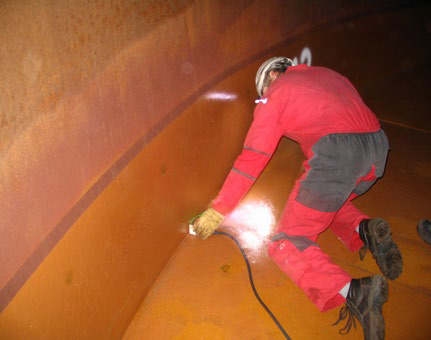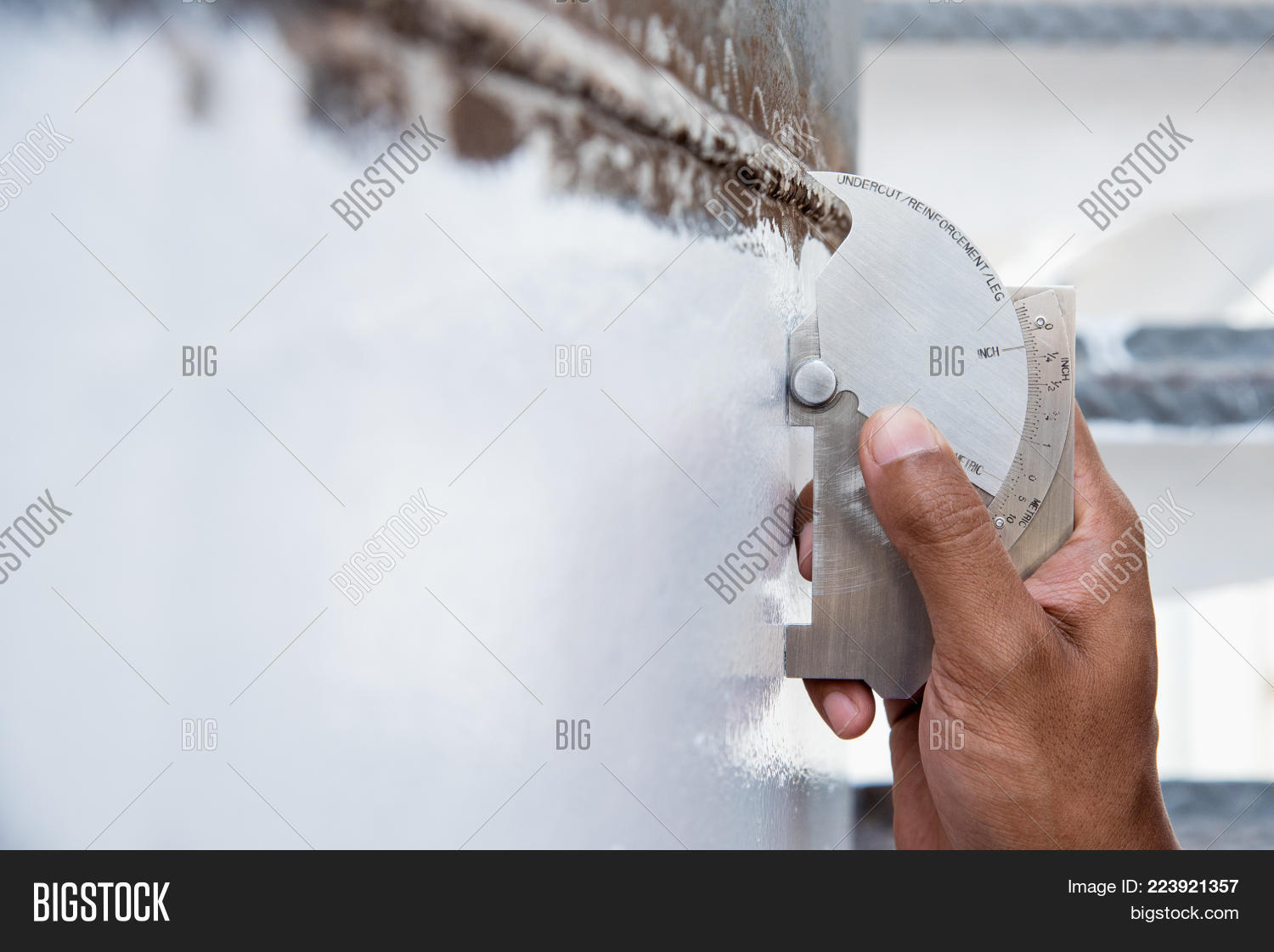The Important Duty of Container Welding Examination in Ensuring Structural Stability and Safety And Security Compliance in Industrial Applications
In the world of industrial applications, storage tank welding assessment arises as an essential element in protecting architectural honesty and making sure compliance with security policies. Using a combination of methods such as aesthetic analyses and progressed screening techniques, these evaluations serve to identify and alleviate possible flaws before they rise right into significant threats. The effects of these techniques extend beyond simple governing adherence; they essentially impact operational performance and possession long life. The complexities bordering the examination procedure motivate a closer evaluation of its methods and results, disclosing layers of importance that merit further expedition.
Value of Container Welding Inspection

Making certain conformity with sector criteria and laws is an additional substantial element of storage tank welding examination. Regulative bodies mandate strict standards for the building and construction and upkeep of tank, and detailed assessments assist companies comply with these requirements. Non-compliance can cause serious charges, including fines and closures, even more highlighting the requirement for strenuous evaluation methods.
Moreover, storage tank welding assessment plays an essential role in maintaining operational performance. In recap, the importance of container welding assessment exists in its capability to protect public health, safeguard the setting, and guarantee conformity with regulatory frameworks.
Trick Examination Methods
Reliable container welding inspection depends on a variety of key methods that guarantee complete evaluation of weld top quality and architectural honesty. Amongst one of the most widespread methods are aesthetic assessment, ultrasonic testing, radiographic screening, and magnetic bit screening - Tank Welding Inspection. Each approach offers special advantages in assessing different facets of the weld
Visual assessment acts as the first line of protection, enabling examiners to determine surface area issues, irregularities, or inconsistencies in the weld grain. Ultrasonic screening utilizes high-frequency audio waves to spot internal imperfections, such as fractures or gaps, offering a detailed evaluation of weld stability. This technique is particularly effective in detecting problems that might not be visible on the surface area.
Radiographic testing makes use of X-rays or gamma rays to generate photos of the welds, disclosing internal gaps and providing a permanent document for future recommendation. This method is highly effective for critical applications where the risk of failure must be lessened.
Lastly, magnetic fragment testing is employed to identify surface and near-surface defects in ferromagnetic products. By using magnetic areas and great iron particles, inspectors can identify suspensions that could compromise the architectural honesty of the storage tank. Together, these methods develop a robust framework for guaranteeing top quality welds in industrial applications.
Compliance With Security Standards

Normal assessments play a pivotal function in ensuring conformity by identifying possible failings or deviations from prescribed requirements. Assessors are trained to examine weld quality, validate product specifications, and analyze the overall structural honesty of containers. Their knowledge is vital in making sure that welding procedures satisfy the needed safety and security standards.
In addition, conformity with safety and security requirements not just protects employees however likewise safeguards the atmosphere from prospective dangers such as leakages or devastating failures. Organizations that prioritize safety and security conformity are much better placed to alleviate risks, enhance operational effectiveness, and promote a culture of safety within their labor force. In summary, keeping strenuous conformity with safety and security requirements is important for the successful operation of tank welding activities in commercial setups.
Benefits of Routine Inspections
Regular examinations are indispensable to keeping the structural stability and safety of bonded containers. These inspections provide a methodical method to identifying possible flaws or weaknesses in the welds, guaranteeing that any concerns are addressed before they intensify right into significant failings. By carrying out normal analyses, companies can discover deterioration, tiredness, and various other types of degeneration that may jeopardize container efficiency.
Additionally, regular examinations contribute to conformity with industry laws and criteria. Sticking to these standards not just alleviates lawful dangers yet likewise enhances the company's track record for safety and reliability. Routine examinations promote an aggressive safety and security society, encouraging employees to identify and prioritize the significance of tools integrity.

Instance Studies and Real-World Applications
Instance studies and real-world applications highlight the substantial effect of efficient tank welding evaluation techniques. One notable example is a large petrochemical facility that encountered significant operational disturbances because of leakages in tank. Complying with the implementation of extensive welding examination protocols, consisting of visual and ultrasonic testing, the center recognized essential problems in weld seams that could have caused tragic failings. This positive strategy not only avoided environmental dangers but additionally conserved the firm millions in prospective clean-up prices and regulatory fines.
Likewise, a water treatment plant implemented a comprehensive examination program for its see tank welding operations - Tank Welding Inspection. By including non-destructive testing approaches, the plant was able to discover early indicators of deterioration and tiredness in weld joints. This prompt treatment extended the life expectancy of the storage tanks and made sure conformity with safety regulations, therefore securing public wellness
These case researches emphasize the importance of regular and methodical storage tank welding inspections. By focusing on these practices, markets can alleviate threats, improve architectural integrity, and make sure compliance with security standards, eventually bring about enhanced functional efficiency and reduced liabilities.

Final Thought
In verdict, container welding examination is a vital part of useful content keeping structural honesty and safety and security in industrial applications. Employing different evaluation strategies makes certain very early detection of potential flaws, thereby stopping disastrous failures.